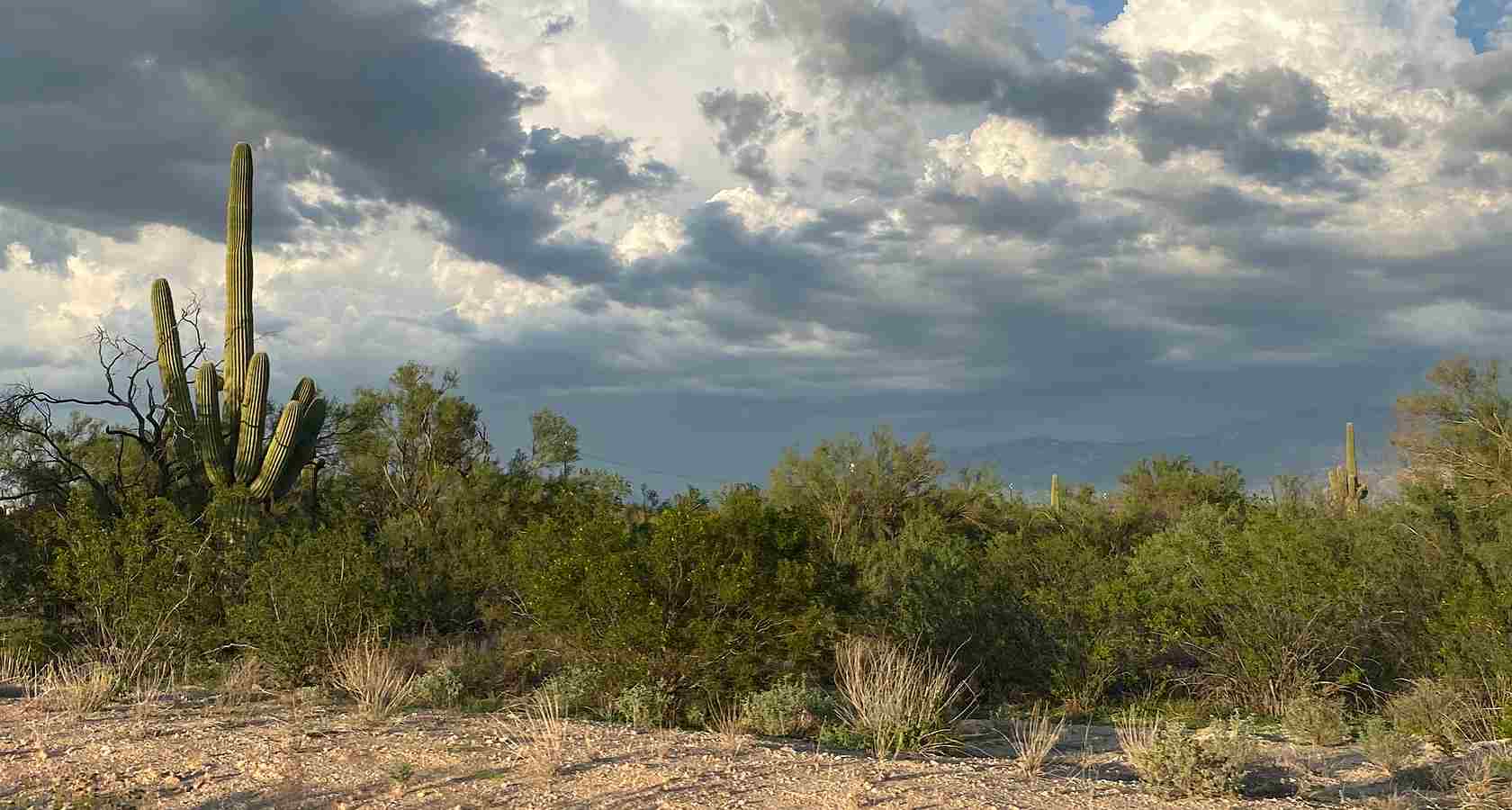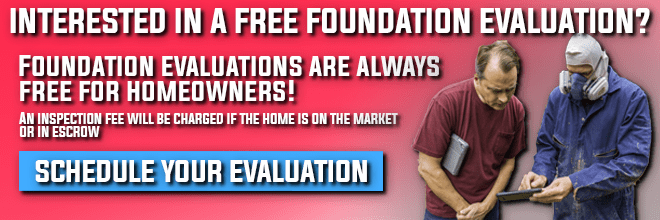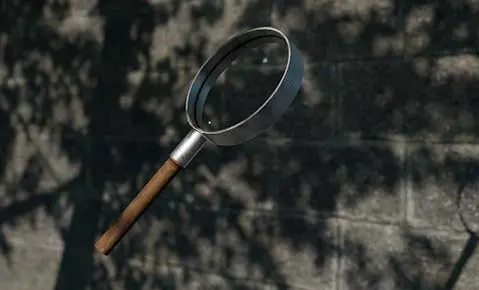Monsoon season in Arizona is surreal – triple-digit heat coupled with punishing sunshine offset by tempestuous afternoons. Clouds heavy with rain dump a deluge over the desert, cracking electric knuckles and zipping deep vibrations through the Saguaro.
A monsoon is not a singular storm, but a season with multiple rainstorms. Monsoon is derived from the Arabic word mawsim which translates into “season”.
The term was adopted by Portuguese sailors navigating Indian Ocean trade routes and was later implemented in their language to refer to anything that was annual or seasonal.
Monsoons are triggered when the mainland and ocean have drastically different temperatures. When the land is significantly warmer than the ocean, the discrepancy in temperature creates a low pressure over the mainland.
The mainland’s low pressure and the ocean’s high-pressure result in strong winds that carry heavy precipitation over the land. As the air cools down, it loses its ability to hold the rain and thus begins the deluge.
Monsoons materialize all over the globe. Monsoon systems include:
- Asia-Australian Monsoons
- West African Monsoons
- South American Monsoons
- North American Monsoons
Whether Arizonans love or hate monsoons, there’s no getting away from seasonal rain in the Grand Canyon State.
Arizona monsoon season kicks off in June and runs through September – June 15th to September 30th to be meteorologically exact.
The Arizona monsoon season is characterized by extreme arid heat during daylight hours, which brings in rolling thunderstorms by late afternoon.
After a good heavy downpour, the next day’s heat can be sticky and humid. Arizona can be a red-rock sauna.
Monsoon season douses Arizona with over 32 percent of its annual rain total and the lightning strikes an average of 500,000 times.
Monsoon season brings flash floods and dust storms, both of which produce dangerous driving conditions. Heavy rainfall can pose a serious threat to your home’s foundation in particular.
In this article, we are going to discuss:
- How Monsoon Season Affects Your Foundation
- How to Protect Your Foundation

How Monsoon Season Affects Your Foundation
Rain in and of itself can compromise the structural integrity of your foundation. Water, of any kind from any source (if not attended to) can cause foundation spalling and aid fungus in colonizing your wooden post-and-pad foundation.
However, in Arizona, it’s when the rain mixes with expansive soil that the real problems begin. It takes two to tango – just like gasolina y fuego.
Expansive soil is generally comprised of highly permeable clays that expand with excess moisture and shrink when dry. Much like a monsoon itself, expansive soil follows an expand-shrink-cycle.
This is where foundation heave and foundation settlement come into play – two sides of the same expansive soil coin.
Foundation heave is when the soil pushes up against the foundation and is due directly to high moisture content. This undue pressure is then exerted/transferred throughout the internal structure of the home.
Signs and Symptoms of Foundation Heave Include:
- Cracked drywall, brickwork, doorframes, and window frames
- Window/doorframes become out of square, causing sticky doors and windows
- Lifted sidewalks, patios, and garden sheds
- Tilted/askew slab sections
- Cracks in slab
- Slab cracks joining together to form a triangle
Conversely, foundation settlement is when a foundation sinks. This usually happens during the dry-out period of the expand-shrink-cycle.
Soil shifts continuously throughout the cycle and can pull away from the foundation. This results in a major support deficit and gravity always pulls down – sure as shale. The home sinks, searching for support and load-bearing soil.
Signs and Symptoms of Foundation Settlement Include:
- Cracked drywall
- Kitchen cabinets/counters separate from walls
- Sloping floors (a sense of vertigo)
- Sticking doors and windows
Obviously, during monsoon season, foundation heave is public enemy numero uno. You will want to have your foundation fixed as soon as possible. Here’s a short list of reasons why from our article 5 Reasons to Fix Your Foundation Now
- The drywall cracks will get worse
- Your sloping funhouse floors will slope at even sharper angles
- You may have worsening roof leaks from separating trusses
- Your sticking doors will get harder and harder to open and some windows might even prove impossible to budge
- Your property value will plummet
- It will be impossible to sell your home for its actual value
- Your family will be embarrassed to have guests over
- Your home might be deemed unlivable by the county and get red-tagged, forcing you and your family out.
However, hopefully, you are able to implement some precautionary measures to protect your foundation before serious irreparable damage occurs.
How to Protect Your Foundation Against Monsoon Season
Build a weather machine – banish the rain. Okay, but really – you need to ensure you have proper drainage and strong slope stabilization.
You want to ensure you have:
- Rain gutters (downspouts angled away from your home)
- Concrete angled at a 2-degree slope away from the house
- Properly grated/drained soil (an appropriate surface water/underground drainage system)
For slope stabilization, you may want to fix or put in a new retaining wall.
The main idea is to direct as much moisture as possible away from your foundation.
Dalinghaus Can Fix Your Arizona Foundation
Arizona, have a merry Monsoon season and stay dry. However, if you find yourself with a sinking or heaving foundation, we have you covered.
Dalinghaus Construction, Incorporated has over 100 years of combined experience and 4.9 stars out of 297 reviews. We are here for all of your foundation repair and retaining walls needs.
We utilize galvanized helical pier and push pier systems that are covered by our lifetime warranty.
If you live in Southern California or Arizona for a FREE foundation inspection, click the link below –







